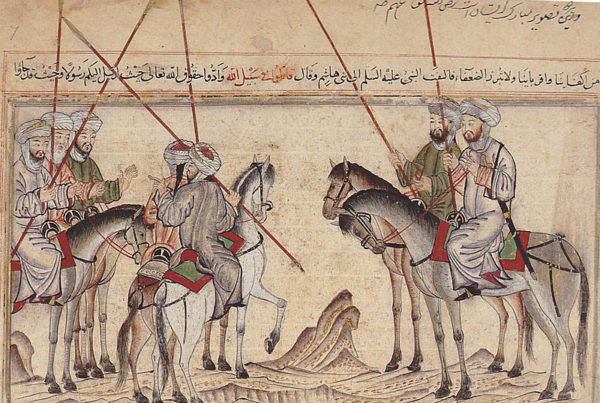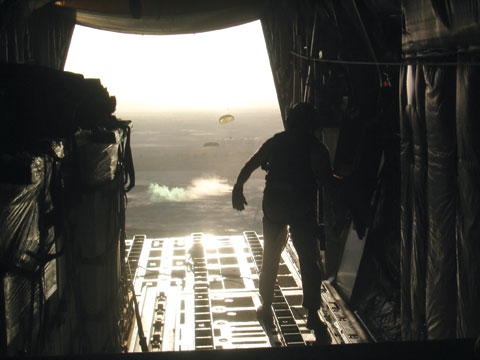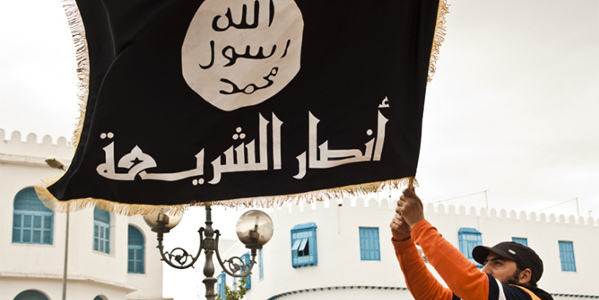 Over the past decade, there has been a substantial number of scholarly works, both noteworthy and some not so noteworthy , regarding insurgency and counterinsurgency. America’s Modern Wars: Understanding Iraq, Afghanistan and Vietnam, by Christopher A. Lawrence is a notable positive addition to this body of work. To understand the major issues surrounding the study of counterinsurgency, Lawrence mines a database consisting of 83 insurgencies and some peacekeeping operations, thereby leveraging a reliable body of knowledge and providing an informed comprehensive analysis of data, rather than simply providing perceptions or opinions.
Over the past decade, there has been a substantial number of scholarly works, both noteworthy and some not so noteworthy , regarding insurgency and counterinsurgency. America’s Modern Wars: Understanding Iraq, Afghanistan and Vietnam, by Christopher A. Lawrence is a notable positive addition to this body of work. To understand the major issues surrounding the study of counterinsurgency, Lawrence mines a database consisting of 83 insurgencies and some peacekeeping operations, thereby leveraging a reliable body of knowledge and providing an informed comprehensive analysis of data, rather than simply providing perceptions or opinions.
Lawrence identifies issues regarding what is and is not important to address an insurgency. He provides a sound examination of the characteristics of insurgencies and compares them across three major conflicts involving the United States (U. S.) — Vietnam, Afghanistan and Iraq. By using this data, Lawrence imparts a guide as to how America can best utilize its spectrum of assets, as well as how to advantageously apply power to greatest effect without repeating mistakes from the past.
In 25 succinct chapters, the author provides conclusions that are useful for those involved in this type of conflict. He explores the important aspects of counterinsurgency that pervade Western experience over recent decades to include the value of the rules of engagement, and the implications of insurgent safe areas and sanctuaries. He addresses the importance of force ratios, not so much between government forces and the population but rather the force ratios of government forces and insurgents. This in itself is notable, as counterinsurgent forces are usually viewed as a ratio to the population, to provide security.
Lawrence acknowledges the significance of the insurgent raison d’être, as their goals are instrumental to the outcome of an insurgent campaign. He surfaces the importance of what motivates the insurgent, as well as underlining the meaning of having an insurgent cause with broad appeal. Such causes, including nationalism, facilitate the success of insurgencies. Interestingly, his analysis counters the general acceptance/perceptions of a number of theorists and practitioners regarding the importance of third-party support and presence of secure sanctuaries. He notes that the insurgent to population ratios are not really that significant. Lawrence challenges the experiential views of those who conducted these operations in the field and would consider some of his perceptions invalid. Nonetheless, Lawrence provides much fodder for a professional discussion on a spectrum of aspects germane to effective counterinsurgency operations. More importantly, his arguments and conclusions will undoubtedly provide a number of avenues for further analysis and study.
Notwithstanding, some of his arguments are rightly subject to cross-examination, particularly his analysis of the French Indochina war as a nationalist cause and the Vietnam War perceived as a communist inspired insurgency. In this reader’s opinion, historians who focus on these particular conflicts would have much to say about his interpretation of causation and the difference between the Vietminh and North Vietnam’s National Liberation Front and their nationalistic purpose.
An analytical concern is the inclusion of peacekeeping operations in an insurgency databank. Many of these operations had more than two parties involved and their inclusion does impact upon the clarity of what is an insurgency and what isn’t.
Overall, this book is “good value” and notable as it challenges existing perceptions that have been drawn from various writers, theoreticians and practitioners and their respective experience, studies and doctrinal education. Lawrence provides a useful study that is both challenging and controversial to many of those engaged within the counterinsurgency field. He delivers a valuable contribution to the field of study, as well as an essential read and positive and constructive addition to the library of the theoretician or practitioner involved in counterinsurgency planning and operations.








